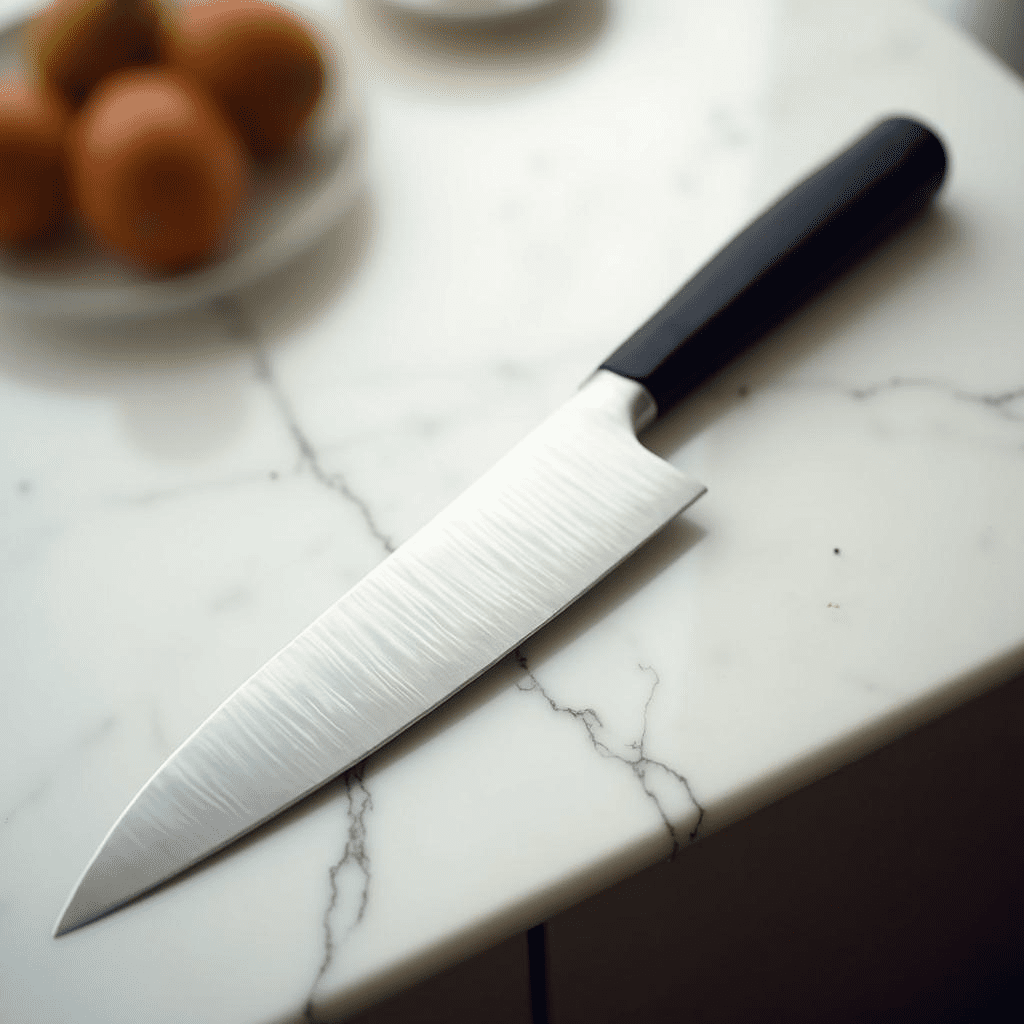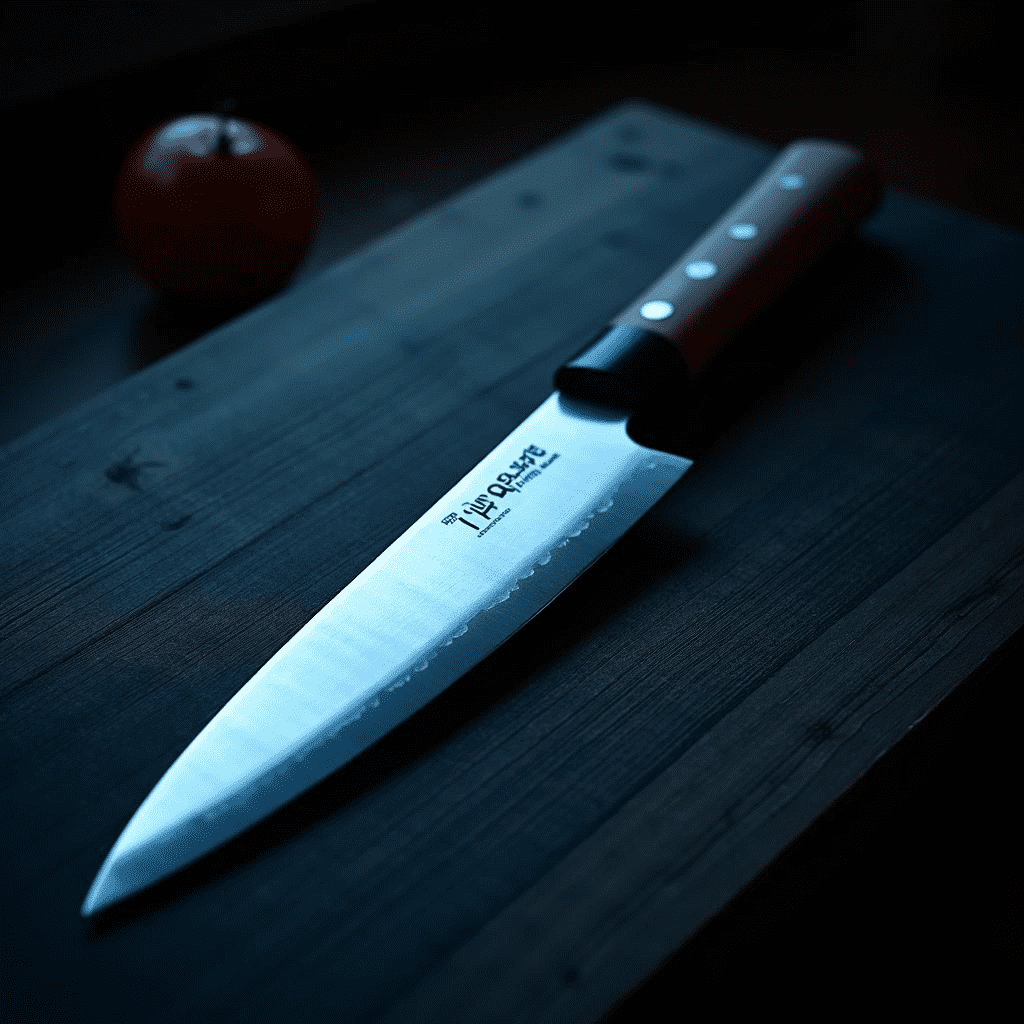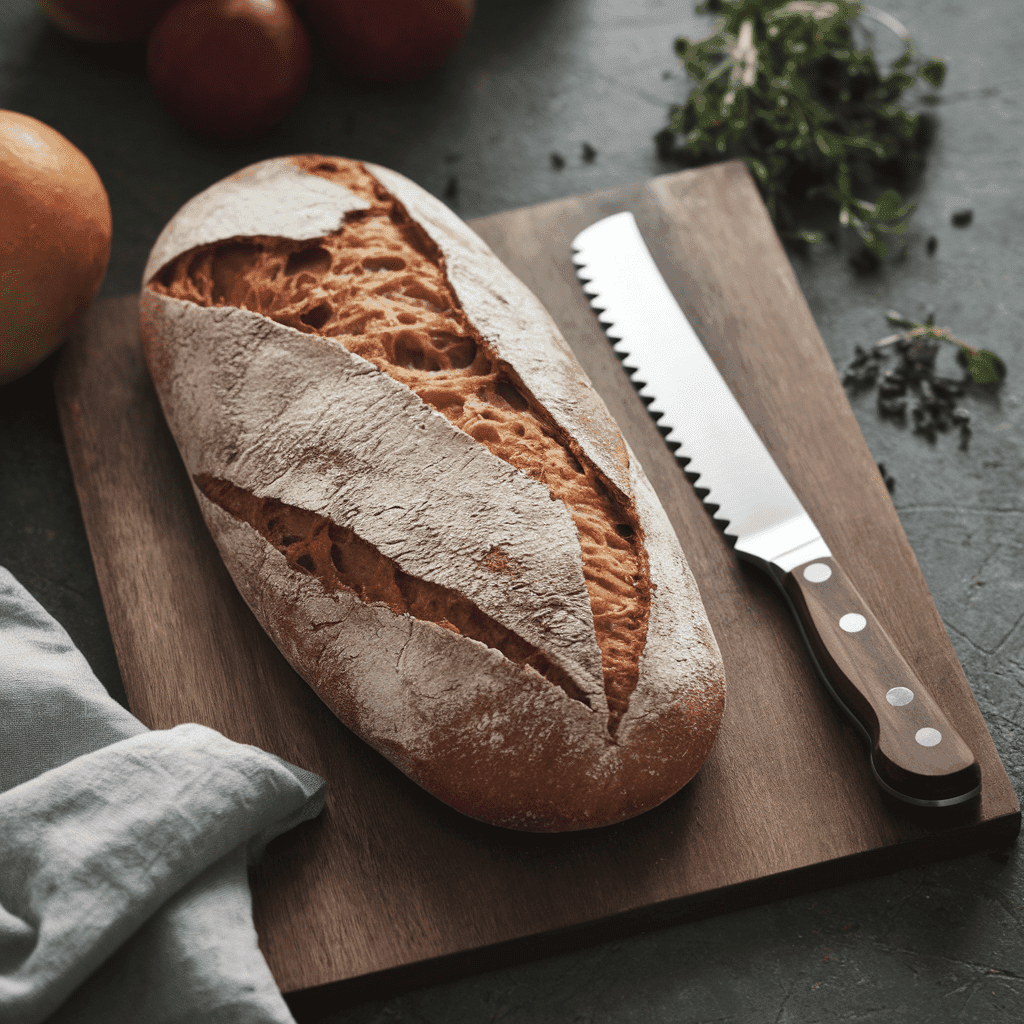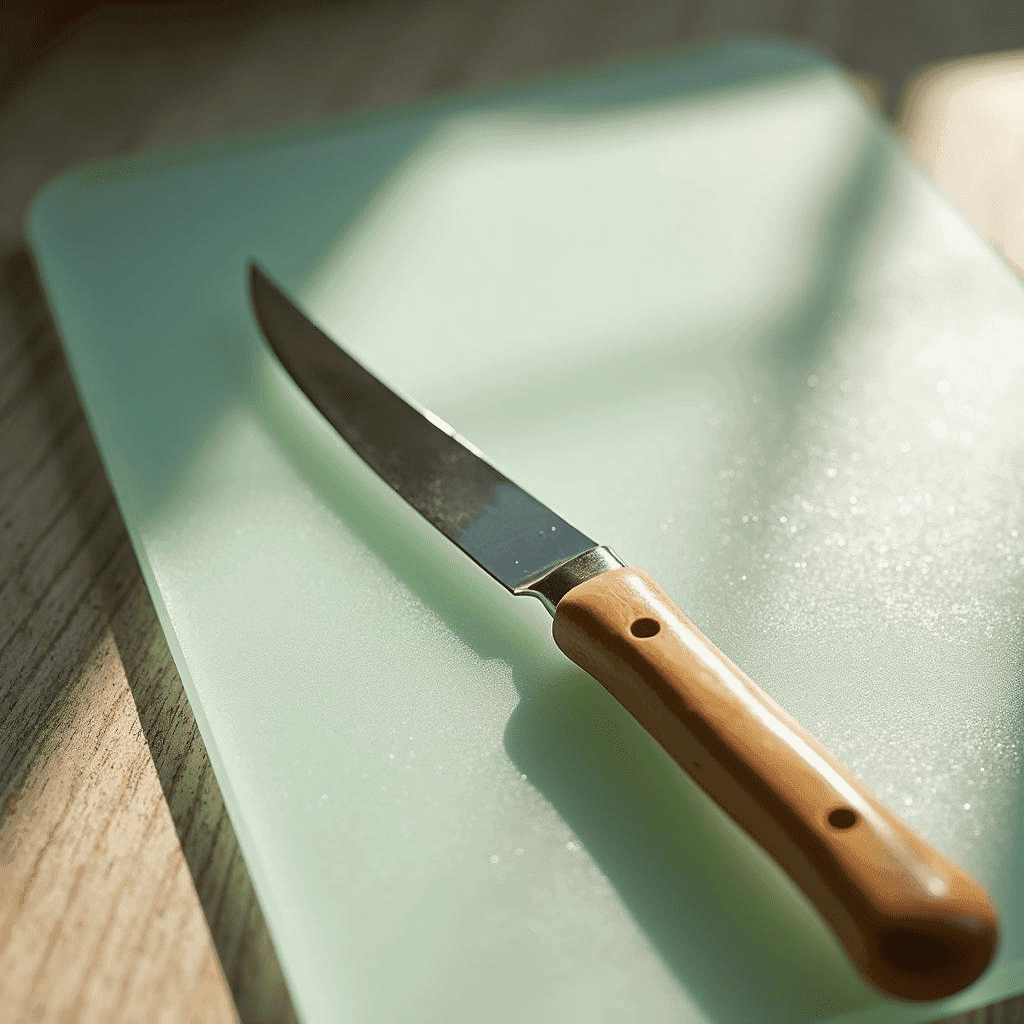We independently research and gather customer feedback on everything we recommend. When you buy through our links, we may earn a commission, at no cost to you. Learn more >
Introduction
A good kitchen knife is an essential tool for every home cook, making food prep easier, safer, and more efficient. However, with so many types of knives available, choosing the right one can be overwhelming. This guide will help you understand the different types of kitchen knives, what to look for, and how to choose the best one for your needs.
1. Understanding the Different Types of Kitchen Knives
Each kitchen knife has a specific purpose. Here are the essential ones you should consider:
Chef’s Knife (8-10 inches)

- The most versatile knife in the kitchen.
- Ideal for chopping, slicing, dicing, and mincing.
- Works well with vegetables, meats, and herbs.
Paring Knife (3-4 inches)

- Great for precision tasks like peeling, trimming, and slicing small fruits and vegetables.
- Lightweight and easy to control.
Santoku Knife (5-7 inches)

- A Japanese-style knife with a wide blade and scalloped edge.
- Excellent for slicing, dicing, and chopping with a straight-up-and-down motion.
Utility Knife (4-6 inches)
- A smaller version of a chef’s knife, good for slicing sandwiches, meats, and vegetables.
- Ideal for tasks where a paring knife is too small, but a chef’s knife is too big.
Bread Knife (8-10 inches, serrated edge)

- Designed for slicing through bread, cakes, and delicate foods without crushing them.
- Works well for cutting tomatoes and citrus fruits.
Boning Knife (5-7 inches)

- Thin, flexible blade used to separate meat from bones.
- Great for working with poultry, fish, and tougher cuts of meat.
Cleaver (6-8 inches, wide and heavy blade)

- Best for chopping through bones, large vegetables, and dense foods.
- Can also be used to crush garlic or transfer ingredients.
2. What to Look for in a High-Quality Kitchen Knife
Not all knives are created equal. When choosing a kitchen knife, consider the following factors:
✅ Blade Material – Stainless steel, high-carbon steel, and ceramic are the most common materials.
✅ Handle Comfort & Grip – Look for an ergonomic, well-balanced handle that fits comfortably in your hand.
✅ Blade Edge – Serrated edges are best for bread, while straight edges are ideal for precise cutting.
✅ Full Tang vs. Partial Tang – A full tang (where the metal extends into the handle) provides better balance and durability.
✅ Weight & Balance – Choose a knife that feels comfortable and well-balanced for controlled cutting.
✅ Sharpening & Maintenance – Consider how easy it is to sharpen and maintain the knife’s edge over time.
3. Kitchen Knife Materials: Which One Is Best?
Each material has its advantages and drawbacks:
- Stainless Steel: Resistant to rust, affordable, and easy to maintain.
- High-Carbon Steel: Holds a sharp edge longer but requires more maintenance.
- Ceramic: Extremely sharp and lightweight but fragile and prone to chipping.
- Damascus Steel: High-end, layered steel that offers durability and aesthetics.
💡 Pro Tip: A stainless steel knife with a high-carbon content is a great balance of durability and sharpness.
4. How to Choose the Right Knife for Your Needs
Different cooking styles require different knives. Consider these recommendations:
🔹 Best All-Purpose Knife: A chef’s knife is the go-to choice for most home cooks.
🔹 For Precision Work: A paring knife is great for small, delicate tasks.
🔹 For Meat Preparation: A boning knife and cleaver are must-haves.
🔹 For Bread & Pastries: A serrated bread knife is essential for clean cuts.
🔹 For Japanese-Style Cooking: A Santoku knife provides excellent slicing control.
5. How to Maintain and Store Your Kitchen Knives
Proper care extends the life of your knives and keeps them sharp and safe to use:
✔ Hand wash your knives – Avoid dishwashers, as the heat and detergent can damage blades.
✔ Use a knife block or magnetic strip – Storing knives properly prevents dulling and accidents.
✔ Hone regularly, sharpen occasionally – A honing rod keeps the edge aligned, while sharpening restores a dull blade.
✔ Use the right cutting board – Wood or bamboo cutting boards help maintain blade sharpness better than glass or plastic.
Final Thoughts
Choosing the right kitchen knife depends on your cooking habits, comfort preferences, and the types of food you prepare most often. Investing in high-quality, well-balanced knives will not only improve your cooking experience but also ensure precision and safety in the kitchen.
🔥 Looking for the best kitchen knives? Check out our guide to top-rated kitchen knives!
